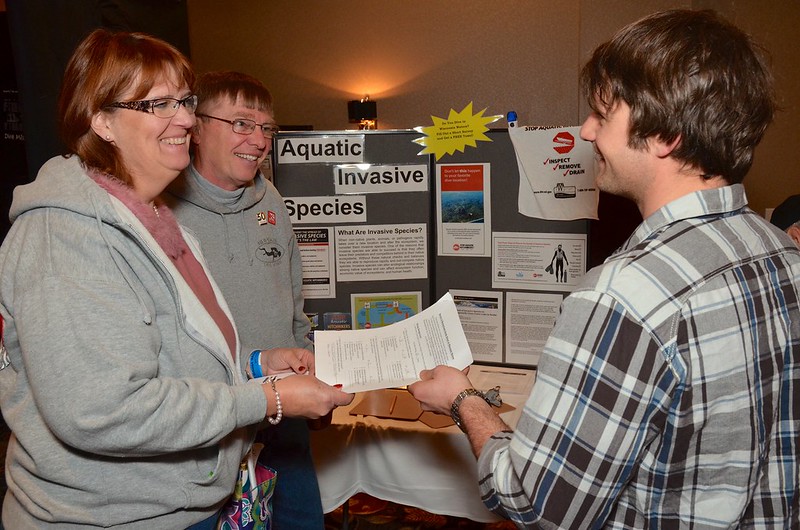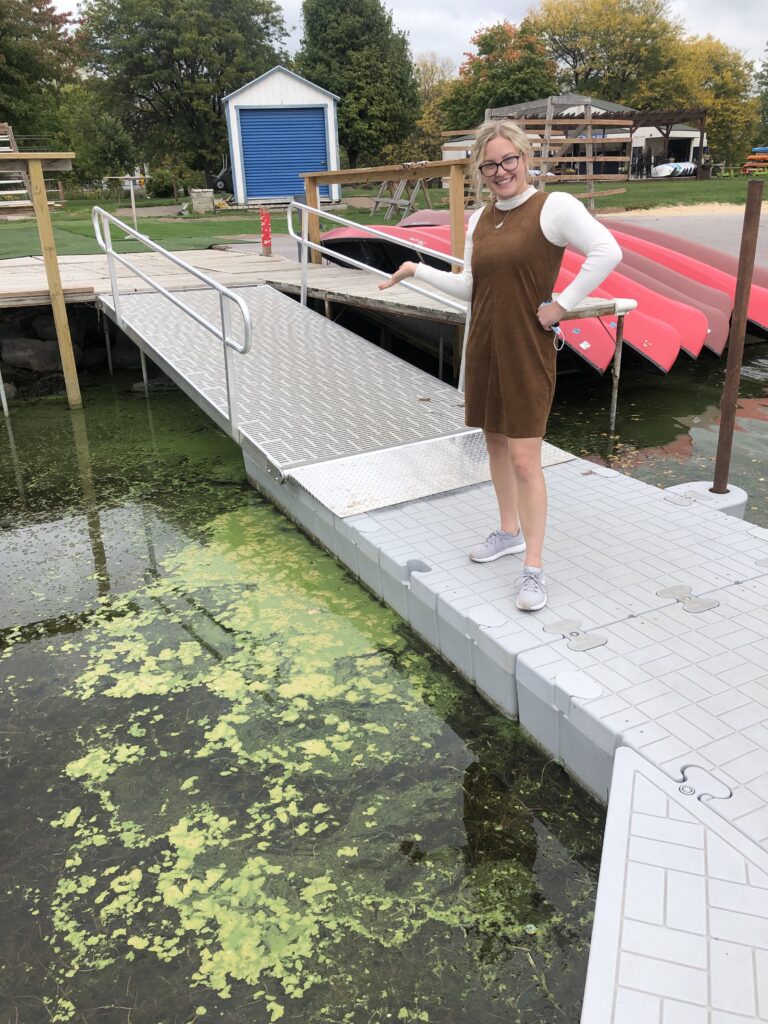Special Weather Statement issued November 28 at 8:09PM CST by NWS
Current Watches, Warnings and Advisories for Brown (WIC009) Wisconsin Issued by the National Weather Service
https://alerts.weather.gov/cap/wwacapget.php?x=WI1261C52A71E4.SpecialWeatherStatement.1261C52BB298WI.GRBSPSGRB.3b77a733acfe35fc01f412b80021d336


 The
The 








